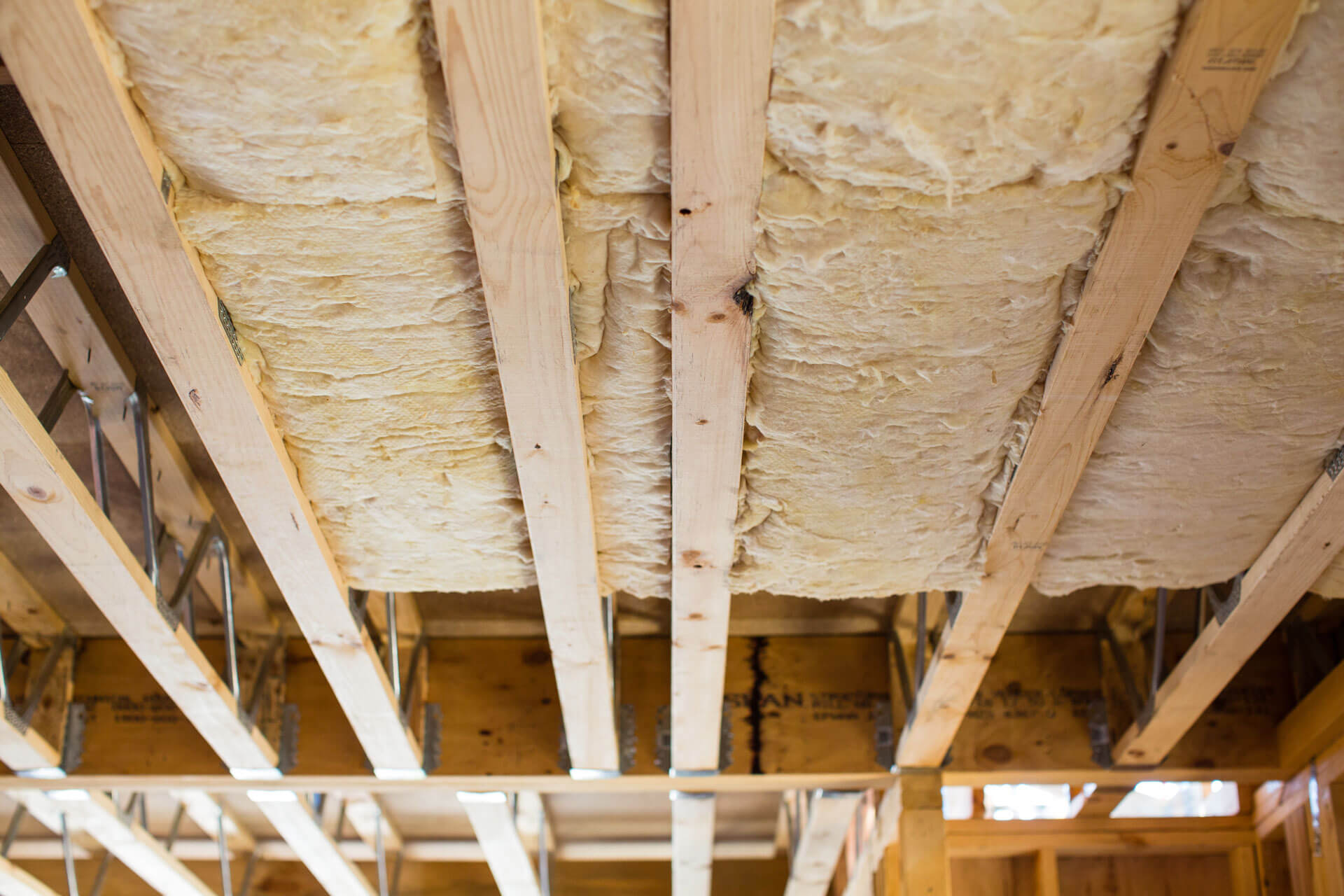R3.0 Insulation
R3.0 ceiling insulation is slowly being phased out in Australia. We recommend upgrading to R3.5 ceiling insulation or higher for a superior thermal result. Installing R3.0 ceiling insulation will help you to reduce your reliance on heating and cooling, however it is no longer considered sufficient for most Australian homes.
R3.0 Insulation – Choosing R-Value
R3.0 insulation is suitable in warmer climates such as Brisbane and northern New South Wales. To further reduce your energy savings, we recommend upgrading to a higher R-value. When choosing what R-value is best for your home, you need to take in consideration the building design, climate, energy costs, your budget and personal preference. If a comfortable, energy efficient home is a priority then you could consider opting for a higher R-value than what is on your energy report. The minimum insulation level required by the BCA for Melbourne, Canberra, Hobart, Sydney, Adelaide, Perth, Brisbane is an R-value of 4.1, however as 35% of heating and cooling, gains and losses occur through a homes ceiling it is recommended to install a higher R-value for greater energy savings and to further reduce your energy bills.
R3.0 Insulation – Glasswool or Polyester
Glasswool insulation as the name suggests is made from recycled glass material and is the common insulation material used in residential homes and commercial buildings world-wide. Glasswool fibres create air pockets that trap the air and prevents it from passing through. Also, glasswool is a poor conductor of hear, which makes this insulation material even more effective. In comparison, polyester insulation is made from recycled plastics such as drink bottles. It works in a similar way to glasswool by trapping air and it is naturally a hydrophobic material and is quick drying which means it is largely unaffected by moisture. Polyester is non-allergenic and safe for asthma sufferers. Glasswool and polyester are both great materials for insulation, however comparing brands and R-values can help you to find the right insulation for your home!



















